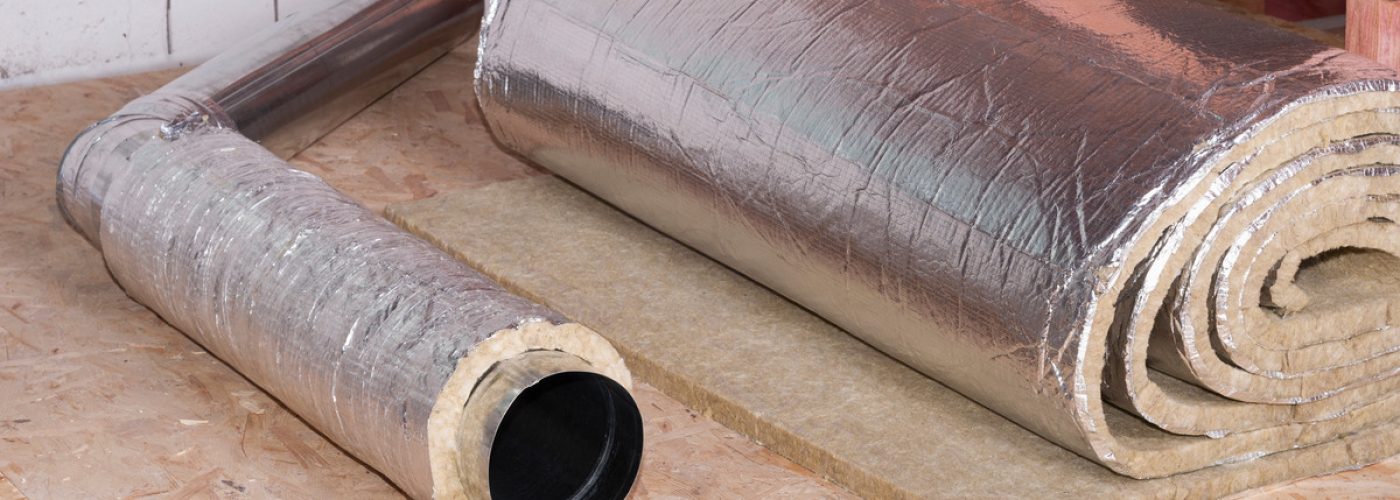Poor ductwork insulation creates significant challenges for homes and businesses. Energy inefficiency, rising utility bills, and uneven indoor temperatures are common consequences. Additionally, inadequate insulation may lead to condensation issues, noisy HVAC systems, and reduced durability of duct components. These problems not only affect comfort but also increase maintenance costs over time.
Selecting the right duct insulation addresses these issues effectively. Proper insulation reduces energy loss, enhances HVAC efficiency, and improves overall indoor comfort. It also prevents condensation, muffles noise, and protects duct materials from damage. A well-insulated system ensures lasting performance and lower operational costs.
This guide offers practical insights to help you choose suitable duct insulation. With these tips, you can achieve better energy efficiency and a more comfortable environment.
1. Understand the Importance of Duct Insulation
Proper duct insulation plays a crucial role in optimizing energy efficiency. It minimizes heat loss or gain during air transfer, ensuring your HVAC system performs at its best. With better energy retention, your system works less, lowering energy consumption and utility costs.
Insulation also prevents condensation that can occur on ducts in humid environments. Moisture buildup can damage duct materials and lead to mold growth, impacting air quality and requiring costly repairs. By insulating ducts, you maintain a dry and safe system.
Noise control is another benefit of duct insulation. It reduces the transmission of sounds from the HVAC system, creating a quieter environment. Properly insulated ducts can lower energy bills by up to about 30%, saving you significant costs.
2. Identify Your Ductwork Type and Environment
The type of ductwork affects insulation needs significantly. Metal ducts, for instance, transfer heat more efficiently, requiring higher thermal resistance. Flexible ducts, made of lighter materials, need insulation to prevent sagging and maintain airflow efficiency.
Environmental factors like temperature extremes and humidity also impact insulation choice. In hot or cold climates, insulation with a higher R-value is essential to minimize energy loss. Ducts in humid areas need moisture-resistant options, such as glass fibre insulation, to prevent condensation and mold growth. The duct’s location, whether in attics, basements, or crawlspaces, further determines insulation requirements.
Ignoring these factors can lead to poor performance and higher costs. Insulation unsuited to the environment might degrade faster, fail to prevent condensation, or allow energy loss, resulting in expensive repairs or replacements.

3. Evaluate Common Duct Insulation Materials
Choosing the right insulation starts with understanding material options. Fiberglass is a popular choice due to its high R-value and fire-resistant properties. It’s relatively affordable, but its installation can be time-consuming and requires protective gear to avoid skin irritation.
Foam insulation offers excellent thermal resistance and moisture protection. It’s lightweight and easy to install but may not be suitable for high-temperature environments. Additionally, foam materials can sometimes be less durable than other options.
Reflective insulation is ideal for reducing radiant heat in hot climates. It’s lightweight, easy to install, and resistant to moisture. However, its R-value might be lower compared to fiberglass, limiting its effectiveness in colder areas. Consider these pros and cons to match your insulation to specific needs.
4. Prioritize Energy Efficiency and R-Value
The R-value measures thermal resistance, indicating how well insulation reduces heat transfer. A higher R-value means better insulation performance. This is crucial for maintaining energy efficiency and reducing heating and cooling costs.
Climate zones determine the ideal R-value range for duct insulation. For colder regions, an R-value of 8 or higher is recommended. In warmer climates, an R-value between 4 and 6 is often sufficient. Always consider the specific environmental needs of your home or business.
Balancing cost and efficiency involves assessing long-term savings. While higher R-value insulation may cost more upfront, it can significantly reduce energy bills. Opt for insulation that provides optimal performance for your climate without exceeding your budget. Prioritizing efficiency ensures a cost-effective, comfortable indoor environment.
5. Consider Noise Reduction Needs
Ductwork often amplifies noises generated by HVAC systems, such as vibrations, airflow, or motor sounds. These noises can travel through the ducts, disrupting the quiet environment of living or working spaces.
Insulation designed for noise reduction can minimize these disturbances. Fiberglass and foam materials with sound-dampening properties are effective for reducing vibrations and sound transmission. Acoustic wraps or liners specifically made for ducts further enhance noise control.
Reducing noise improves overall comfort by creating a quieter and more relaxing indoor environment. Insulated ductwork not only maintains temperature but also ensures that the system operates with minimal disruption. Prioritizing noise reduction when choosing insulation enhances both functionality and livability in any space.
6. Factor in Durability and Maintenance
Selecting durable insulation materials is essential for long-lasting performance. Materials that resist wear and tear reduce the need for frequent replacements, saving time and costs. Look for options that can handle environmental stresses like temperature changes and humidity.
Proper insulation also protects ductwork from damage over time. It creates a barrier against external elements, preventing issues like rust, corrosion, and physical wear. This protection ensures ducts remain functional and efficient for years.
Regular maintenance keeps insulation effective. Inspect for gaps, tears, or signs of degradation annually. Replace damaged sections promptly to maintain efficiency. Cleaning ducts periodically also helps avoid the buildup of dust and debris that can compromise insulation performance. These steps ensure a long-lasting, energy-efficient system.
Conclusion
Proper duct insulation is essential for energy efficiency, comfort, and the longevity of your HVAC system. The above critical steps will help in optimizing your ductwork’s performance. Each factor contributes to maintaining a comfortable and cost-efficient indoor environment.
To further enhance your system’s efficiency, consider performing a home energy audit. This can identify additional inefficiencies that insulation alone may not address.
Regular inspections are also crucial. Check your duct insulation periodically for signs of wear, gaps, or damage. Addressing issues promptly ensures your insulation remains effective, protecting both your ducts and your investment over time.





